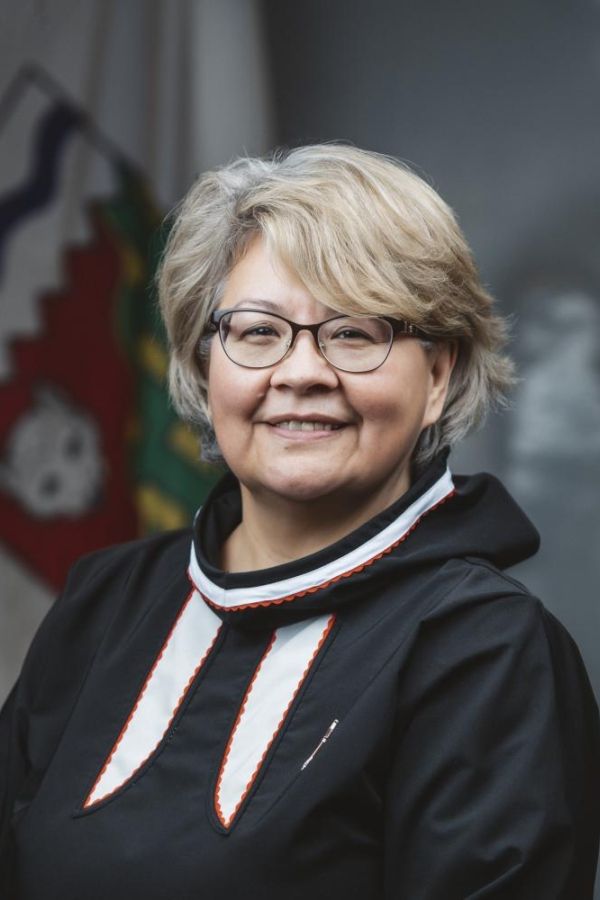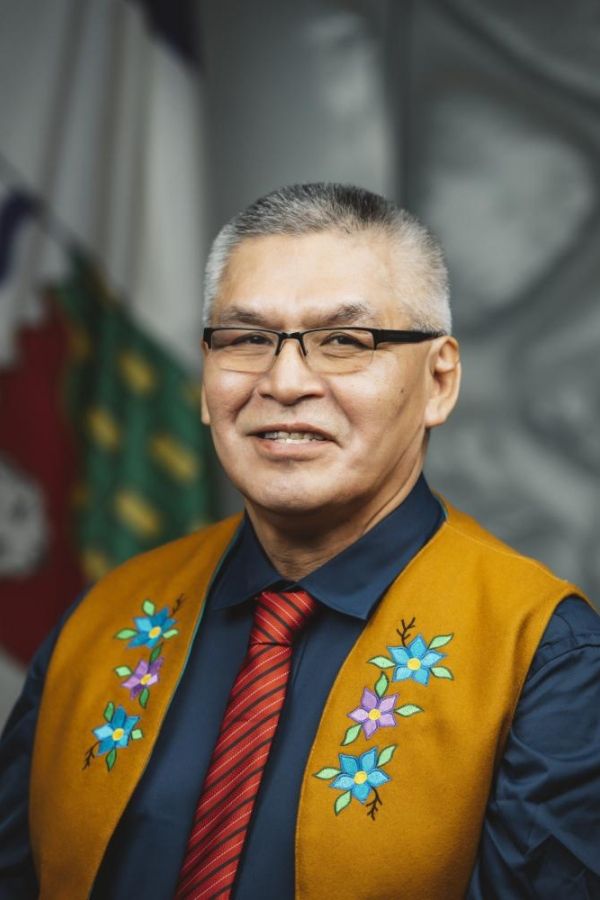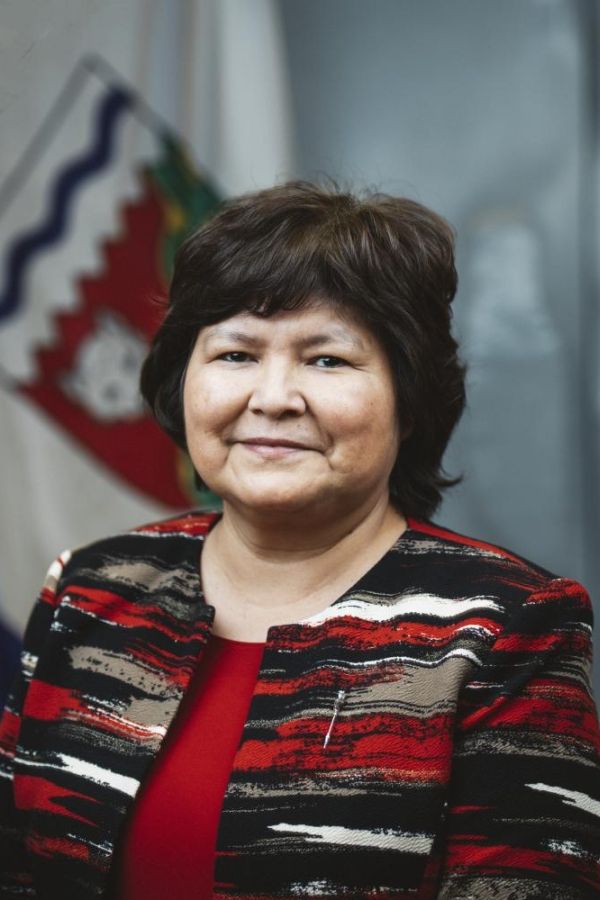Debates of October 23, 2024 (day 32)
Question 350-20(1): Northern Employment

Thank you, Mr. Speaker. Mr. Speaker, my questions are for the Minister of ITI. When we're looking at workforce planning for capital projects, what analysis are we employing to help us plan to ensure that we're maximizing northern employment? Thank you, Mr. Speaker.
Thank you, Member from Frame Lake. Minister of Industry, Tourism, and Investment.

Thank you very much, Mr. Speaker. Mr. Speaker, the Department of Finance has a number of procurement practices, and the strongest one being the Business Incentive Policy that is used for procurement practices with all GNWT procurement. Thank you.

Thank you, Mr. Speaker. Mr. Speaker, respectfully, I'm asking about workforce planning, not necessarily procurement. When we're looking at workforce planning for capital projects, so planning out how this project is going to be implemented in such a way and what needs to be done to ensure that there is a workforce to implement the project, a northern workforce, what analysis are we employing to help us plan to ensure we're maximizing northern employment? Sorry to repeat the question, Mr. Speaker, but I just felt that the answer was speaking more to procurement than employment.

Thank you very much, Mr. Speaker. Mr. Speaker, I'd say one of the strongest workforce planning documents and tools that we use within the Government of the Northwest Territories is our Skills 4 Success document. And that document has a -- it acts as kind of a Bible, if you will, of what jobs are and will be in demand over the course of the next 20 years in the Northwest Territories. So that document works by looking at, you know, what are the expected capital infrastructure happenings in the Northwest Territories and what skill sets are we going to need. So that talks about positions of leadership, it talks about trades positions. It's identified 20 different trades positions that we will need. Thankfully, earlier today we were able to celebrate 33 new journeypersons in the Northwest Territories as well. In addition to that, we also have plans, like for example the revitalization of the Great Slave Lake fishery. So in addition to our Skills 4 Success, we also have very specific documents within different sectors and those documents have deliverables as well. So, for example ECE and ITI teamed up on that one. ECE was able to offer subsidies, ITI was able to offer grants, and we were able to really work to make some great change in that sector over the last few years. And so there is a primary document but also very sector-specific ones as well. Thank you.

Thank you, Mr. Speaker. That's a much more comprehensive answer and more along the lines of what I was looking for.
Mr. Speaker, considering these plans that we have in place across sectors, why aren't we making more progress or increasing northern employment figures at the diamond mines, projects like Giant Mine, or even GNWT contracted projects? Thank you, Mr. Speaker.

Thank you very much, Mr. Speaker. Mr. Speaker, I guess there's a couple different ways that I can answer this question. And I'm not trying to be evasive of the Member at all. I think there's a few different ways that we can kind of interpret these questions. But for within the example say of diamond mine, fly-in/fly-out work is not for everyone. I know over the course of the last two decades, a lot of people who started working in diamond mining aren't necessarily there. Some have chosen to return to employment in their communities or return to life at home. But certainly a fly-in/fly-out isn't for anyone -- or everyone.
One piece of good news is that a lot of the advanced project mining are on existing road infrastructure or around and centered around communities. So, for example Pine Point, people will be able to drive to mine sites. You know, we're looking at -- or hearing about -- good news about gold mining close to Yellowknife. We're hearing about a mining project close to Fort Simpson. And so that will really change the dynamic that currently exists at a lot of our bigger mines in the Northwest Territories. Some work that is being done in order to improve some of our numbers in the Northwest Territories as well are looking at things like our curriculum renewal, making sure that we are focused on affording students the education that they want in order to meet our desire to see as many northerners employed in these projects and also working with organizations like the Mine Training Society and dev corps as well to make sure that it really is everybody working together at the end of the day to connect people to the training opportunities that do exist in the Northwest Territories. We have a number of training programs and subsidies within the Department of Education, Culture and Employment, and we want to make sure ultimately that people are taking advantage of them because we really do want to see Northerners successful in the workforce. Thank you.
Thank you, Minister of ITI. Final supplementary. Member from Frame Lake.

Thank you, Mr. Speaker. I appreciate, again, the comprehensive answer from the Minister. I always appreciate these exchanges where we go back and forth like this and get these comprehensive answers on the table.
Regarding Pine Point, I'm glad she brought that one up because the Standing Committee on Economic and Development and Environment recently met with some representatives from Pine Point, and they were saying one of their big challenges is going to be finding employees to staff this mine, that we're simply not producing the numbers of trades people that they're going to need. So I guess what I would ask the Minister is how can we move the needle on this? How can we ensure that we are preparing Northerners to enter the workforce, to shift into positions that are available in the workforce, so that we don't have this problem of creating economic activity that Northerners can't benefit from? Thank you, Mr. Speaker.

Thank you very much, Mr. Speaker. I'm very thankful for this question. I had the opportunity in June to travel with a number of deputy ministers down to the Pine Point mine site where we had an incredible tour of what was there before, what they envision being there tomorrow and years down the road. The good news here is that we've got a few years to put together the trades people that they need. One of the things that I asked them for on that tour was their workforce planning document of exactly what trades people that they will need so that we can make sure that we're supporting that in the Northwest Territories.
One of the key things that we need here, Mr. Speaker, is employers who can support trades people, so that is employers that can support our SNAP students. If you are a red seal journeyperson in the Northwest Territories and you can support a student whether you live in Yellowknife, and hopefully outside of Yellowknife as well, we need employers to be able to support these students so that we can grow more trades people. That is the number one thing I would say today that I need is the support of employers so that we can get more people trained up and through the system. Thank you.
Thank you, Minister of ITI. Colleagues, we've had three sets of question, and we spent 20 minutes on answers and preamble. Please be succinct in your questions and succinct in your answers. Thank you very much.
Oral questions. Member from the Sahtu.

















